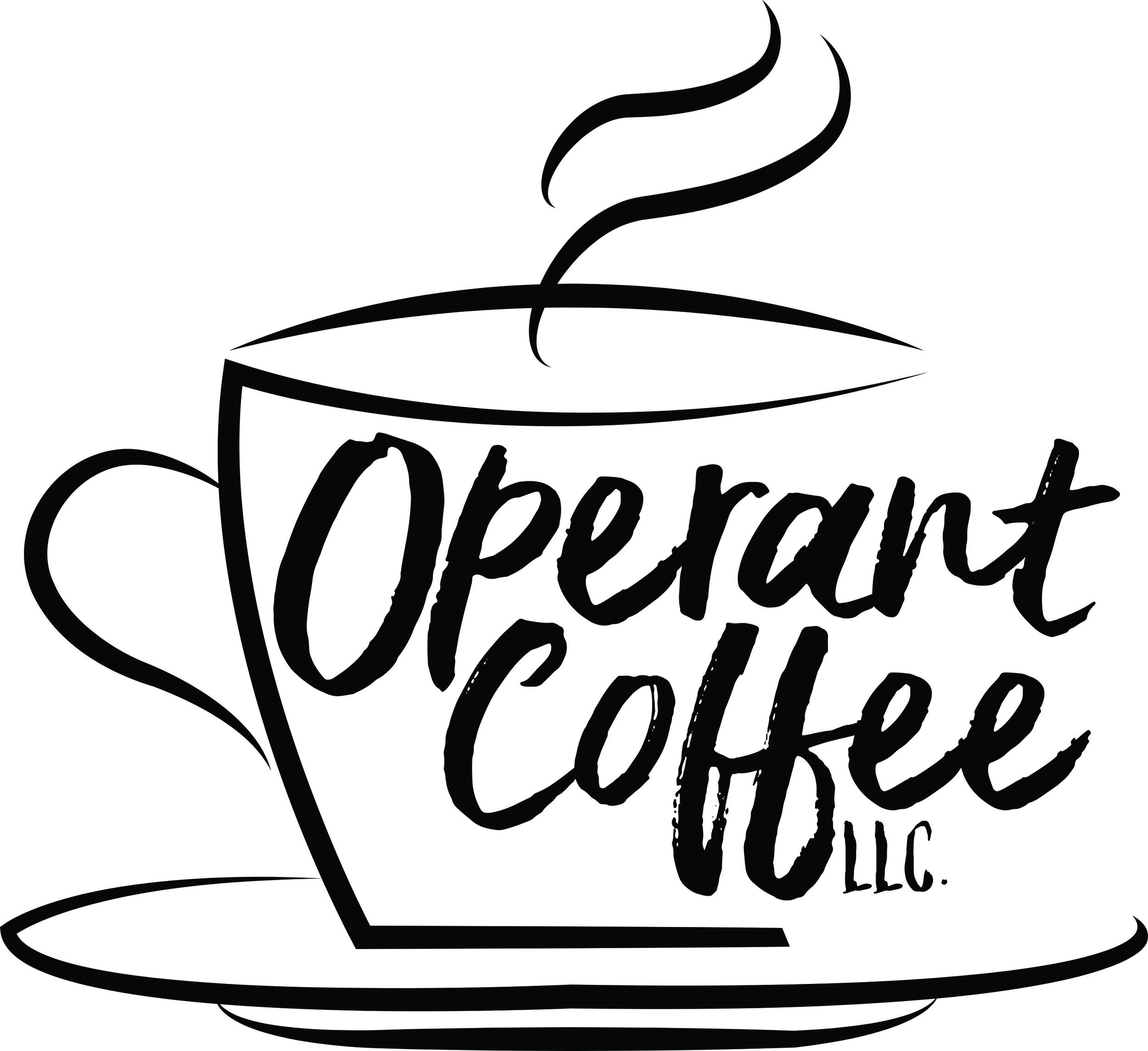How Precision Teaching Can Help the Coffee Industry
by Beth Garrison, CEO
"I knew the real power of learning enhanced by free-operant conditioning lay in frequency of responding (by allowing the student to be both accurate and fluent) and standard self-recording. When education would not heed my caution and could not see my vision for dramatic learning opportunities, I decided the ethical thing to do was to close my hospital laboratory and devote myself to education." -Lindsley, 1990
Ogden Lindsley, a pioneer in behavior analysis, and student and colleague of BF Skinner (see Burrhus's Breakfast Blend), developed Precision teaching in his work in research labs and hospitals during the 1950s and 1960s, and his work continued throughout his prolific career.
Precision Teaching has been documented in several studies to show effectiveness in teaching learners: from children in the classroom (Johnson and Layng, 1994), to bank tellers at financial institutions (Bloom and Binder, 1989). McGreevy (1983) outlined Precision Teaching as a five-step process in his book, Teaching and Learning in Plain English.
1.Select a Task (Pinpoint)
2. Set an Aim
3. Count and Teach
4. Develop a Learning Picture
5. Decide What to Do
So How Could This Help The Coffee Industry?
As I outlined in my previous blog "Why Climate Change Is Not a Myth" , the climate of the world is rapidly changing coffee production. As the climate changes, coffee production will need to move to new geographical areas, where new coffee farmers will need to develop the skill of coffee farming. The acquisition rate for learning this skill will need to be quick, as it takes five years for a coffee plant to develop and bear fruit.
Precision teaching is a powerful tool for to aid in this as it focuses on fluency of skill as the goal, defined by the behavioral pinpoint (the task that is directly observable and measurable) and aim (the goal), and data counted with frequency measures. In Bloom and Binder's 1989 study, they focused on teaching bank tellers financial product knowledge using clearly defined behaviors, and focused on training "behavioral fluency as accuracy plus speed, what we recognize in experts as nearly automatic or second nature performance." For coffee farmers, this is also something that can be utilized...after the steps of the task are defined, we develop our goal, and then teach to fluency. We collect data, visually graph it, and if the learner (the farmer in this case) is not performing the task accurately and with speed, we change our teaching procedures to develop the skill. This is charted daily so we can make precise adjustments.
Maybe, just maybe we can save this amazing industry with behavior analysis.
Have a thought? Comment below!
References
Binder, C. (1996). Behavioral fluency: Evolution of a new paradigm. The Behavior Analyst, 19, 163-197.
Bloom, C. & Binder, C. (1989). Fluent product knowledge: application in the financial services industry. Performance Improvement, 28(2), 17-21
Johnson, K. R., & Layng, T. V. J. (1994). The Morningside Model of generative instruction. In R. Gardner III, D. M. Sainato, J. O. Cooper, T. E. Heron, W. L. Heward, J. Eshleman, & T. A. Grossi (Eds.), Behavior analysis in education: Focus on measurably superior instruction (pp. 173-197). Monterey, CA: Brooks/Cole.
Lindsley, O. R. (1990a). Our aims, discoveries, failures, and problem. Journal of Precision Teaching, 7, 7-17.
Lindsley, O. R. (1990b). Precision teaching: By teachers for children. Teaching Exceptional Children, 22(3), 10-15.
Lindsley, O. R. (1991). Precision teaching’s unique legacy from B. F. Skinner. Journal of Behavioral Education, 1, 253-266.
Lindsley, O. R. (1992a). Precision teaching: Discoveries and effects. Journal of Applied Behavior Analysis, 25, 51-57.
Lindsley, O. R. (1992b). Why aren’t effective teaching tools widely adopted? Journal of Applied Behavior Analysis, 25, 21-26.
McGreevy, P. (1983). Teaching and learning in plain English. Kansas City, MO: Plain English Publications (University of Missouri).

